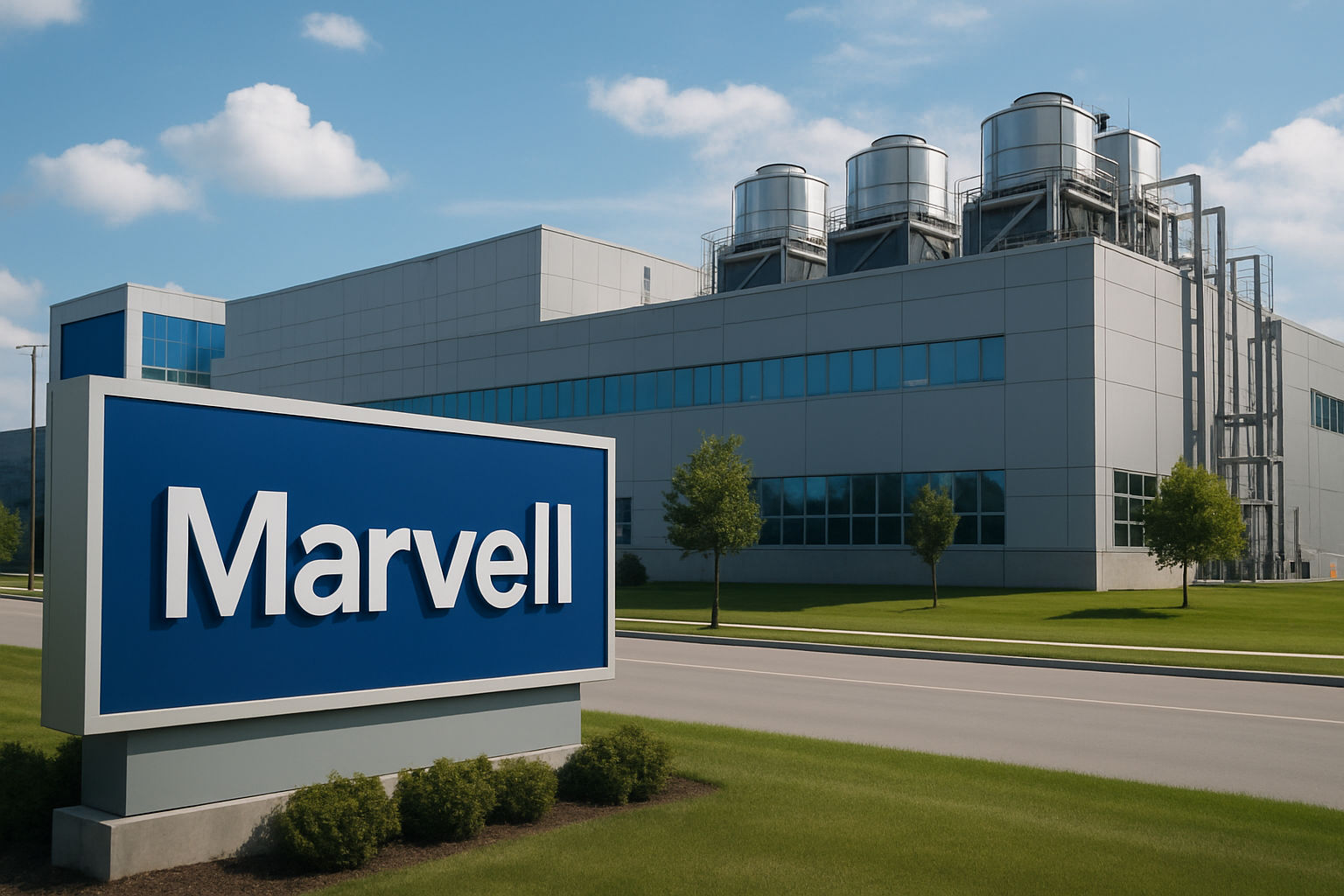Markets may be coasting on optimism, but according to a new note from UBS Global Wealth Management, the tightrope is getting thinner. The investment bank warned clients this week that while U.S. equities remain elevated, stretched valuations, uneven macro indicators, and softening consumer data could create a “summer high-wire act” for investors.
Despite this cautious tone, UBS remains confident in one key segment: artificial intelligence. Specifically, it advises a barbell strategy, overweighting defensive names while maintaining targeted exposure to high-quality AI leaders such as Broadcom (AVGO) and Zscaler (ZS). This two-pronged approach is designed to mitigate near-term volatility while capitalizing on longer-term innovation.
Market on a Tightrope
The S&P 500 is hovering near all-time highs, up more than 15% year-to-date, largely fueled by enthusiasm for generative AI and strong earnings from tech megacaps. But UBS analysts warn that beneath the surface, risks are mounting.
According to the firm’s June 2025 Investment Outlook, several cracks have emerged:
- U.S. consumer sentiment dipped for the third consecutive month, per the University of Michigan Index.
- Small-cap earnings have decelerated sharply, reflecting margin pressure from higher-for-longer rates.
- Manufacturing PMI is still in contraction territory, a signal of broader economic deceleration.
Add in the uncertainty around the Fed’s rate trajectory—with only two cuts now expected in 2025—and the case for a more cautious equity stance becomes clear.
Why AI Still Shines
While cyclicals and high-beta stocks face increased risk in this environment, UBS highlights AI infrastructure and cybersecurity as durable growth pockets. In particular, Broadcom, which recently posted a 10% year-over-year revenue gain driven by its AI data center business, remains a top pick.
Meanwhile, Zscaler is being recognized not just as a cybersecurity play, but as a critical enabler of AI-powered network security. As enterprises integrate LLMs into workflows, demand for zero-trust, cloud-native security has surged—positioning Zscaler as a key beneficiary.
The bank’s outlook aligns with broader trends noted by McKinsey, which estimates AI investments will grow at a 38% compound annual rate through 2030, especially in sectors like health tech, logistics, and enterprise SaaS.
Why This Matters for Investors
Navigating a market shaped by both macro crosswinds and tech tailwinds requires a rebalancing of expectations—and portfolios. UBS’s barbell strategy offers a middle path between overexposure to volatile growth and overly defensive positioning.
The defensive end of the barbell includes consumer staples, utilities, and healthcare, which have traditionally offered downside protection during economic slowdowns. On the growth side, the focus is on AI enablers rather than speculative startups—companies with proven revenues, enterprise clients, and supply chain advantages.
The advice comes as inflows into AI-themed ETFs like Global X AI & Technology (AIQ) and WisdomTree Artificial Intelligence (WTAI) continue to rise, reflecting broad investor appetite even amid broader caution.
Future Trends to Watch
- AI Hardware Consolidation: Expect more consolidation in the chip space as smaller players get absorbed by AI-hungry giants like Nvidia, Broadcom, and AMD.
- Cloud Cost Optimization: As AI workloads spike, companies that streamline cloud costs (e.g., Snowflake, Datadog) could become essential to enterprise adoption.
- Defensive Growth Stocks: Companies that blend low volatility with exposure to secular trends—like Danaher (DHR) in life sciences or Sempra (SRE) in clean infrastructure—could offer unique positioning.
- Election-Year Volatility: Political rhetoric and regulatory scrutiny around big tech may amplify price swings in H2 2025, making stock selection more critical than ever.
Key Investment Insight
UBS’s message is clear: don’t abandon growth, but recalibrate your exposure. In this nuanced environment, AI leaders with robust fundamentals—not moonshot narratives—offer the best asymmetric upside. Pairing them with stable, dividend-paying names could preserve capital while keeping one foot in innovation.
Stay ahead of volatility and opportunity with daily insights from MoneyNews.Today—your essential briefing on market-moving intelligence.





